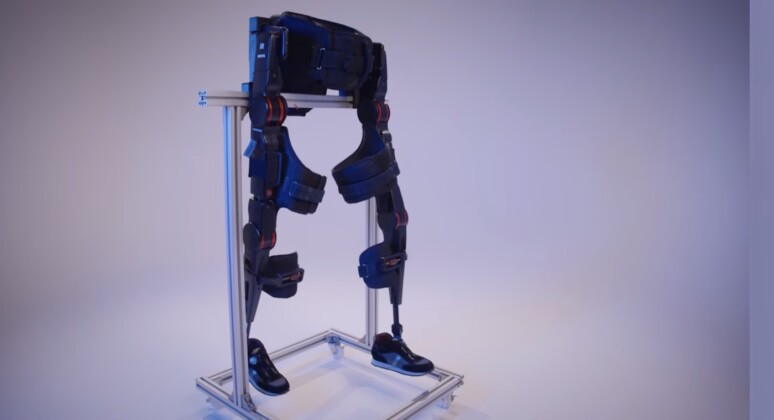Smartphones are incredibly useful tools, but unfortunately, they can also have detrimental effects, especially on children and teenagers. Daisy Greenwell, an editor and writer at Positive.news, recently shared her experience of unintentionally sparking a significant movement from her kitchen to address these concerns.
The “Smartphone Free Childhood” movement gained unexpected momentum, initiated by Daisy and her friend Clare, two concerned parents troubled by the dilemmas associated with giving smartphones to children. They were particularly worried about the exposure of their children to potential harms such as pornography, cyberbullying, and social media-induced anxiety, weighed against the risk of social alienation for those without a smartphone. With increasing research showing a correlation between early smartphone use and higher rates of mental illness among the first generation of smartphone users, the founders felt a pressing need to act, spurred by the slow pace of regulatory measures to keep up with technological advances.
The movement began with a WhatsApp group named “Parents United for a Smartphone Free Childhood,” intended as a support network for parents opting to delay smartphone access for their children. What started as a modest, private group between two friends quickly exploded into a large community following a single Instagram post. The group swiftly reached WhatsApp’s membership limit of 1,023 participants, necessitating the creation of additional groups as more parents from across Britain joined the dialogue.
The founders, Daisy Greenwell, Clare Fernyhough, and Greenwell’s husband Joe, found themselves at the heart of an expanding movement, with their home transforming into an impromptu headquarters. The initiative has since grown nationally, with the formation of regional and school-specific WhatsApp groups throughout the UK. These groups provide a platform for parents to exchange experiences, offer support, and discuss strategies for promoting a smartphone-free childhood within their communities.
The initiative underscores the importance of utilizing simpler devices that provide basic communication functions without exposing children to the risks associated with fully featured smartphones. The movement also offers toolkits, developed in collaboration with experts, to aid discussions among parents and educators on this contentious issue, with the aim of shifting prevailing norms surrounding children’s smartphone usage.
The founders draw comparisons with historical changes in attitudes towards alcohol and smoking, suggesting that society will eventually reconsider its current approach to children’s smartphone use. Their objective is to protect the essence of childhood.
If you are interested, please check out Daisy’s original article. It is not very long and is a great story with good information. Most of you, our readers, are in the US not the UK, so joining one of these groups might not make sense. However, using them as a template could be a great idea if you find yourself in a similar position.




